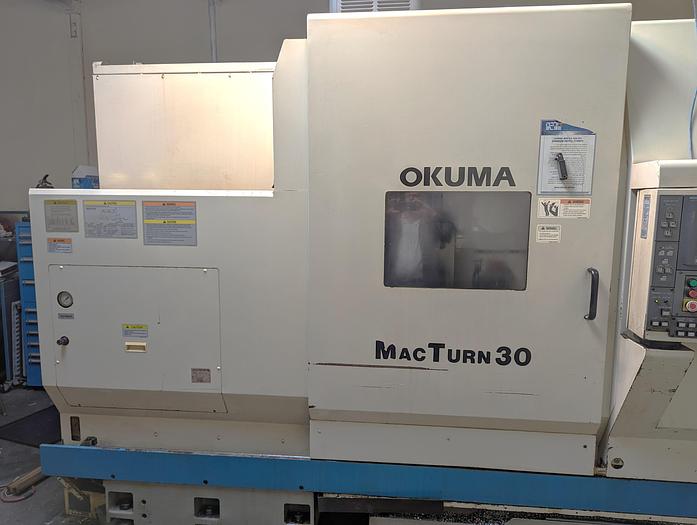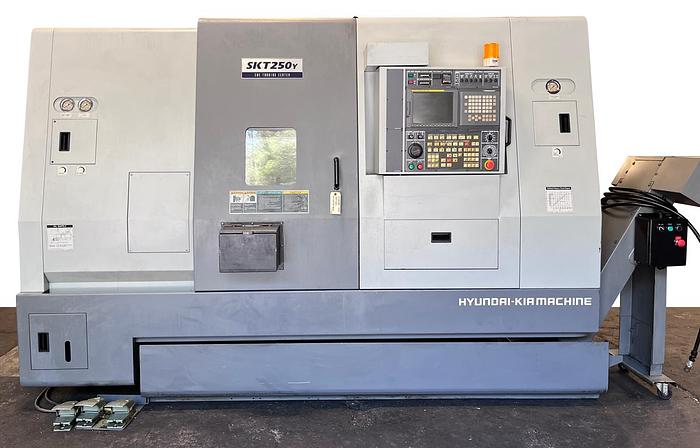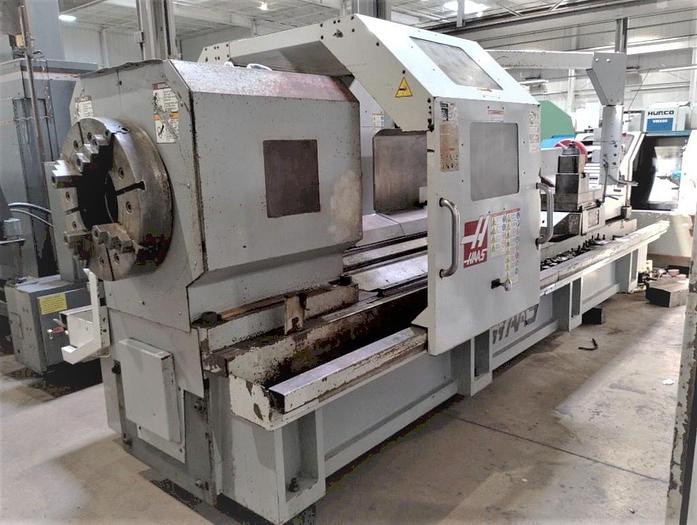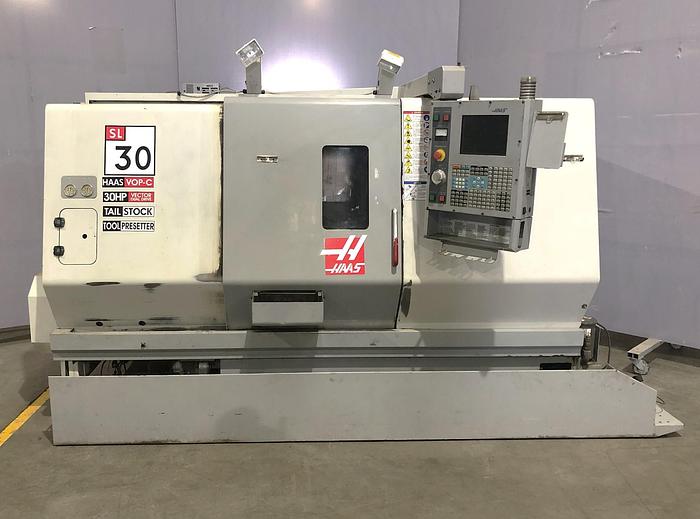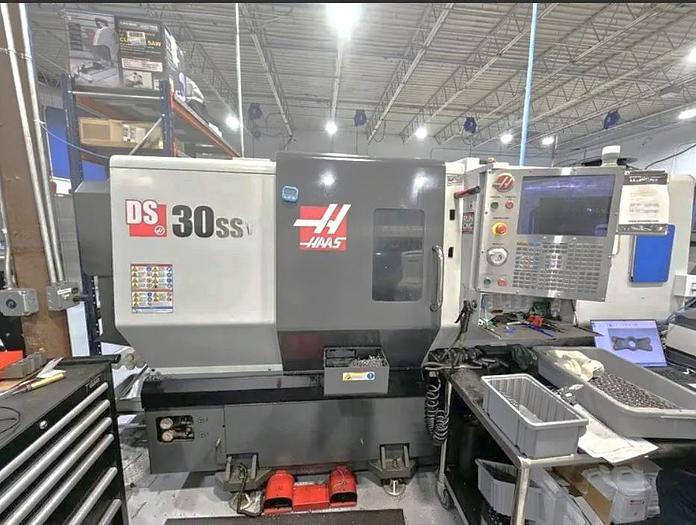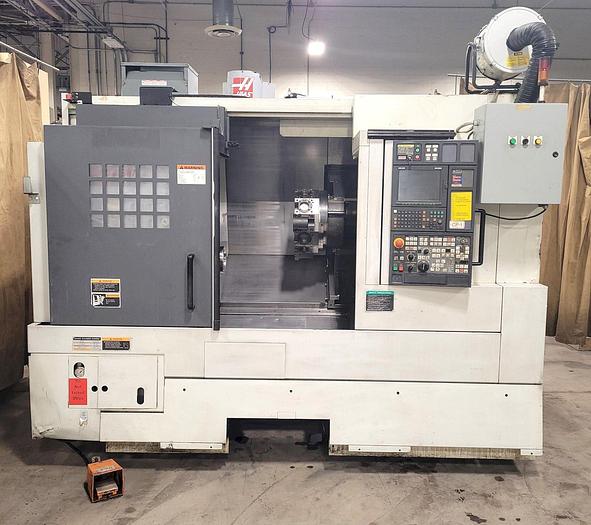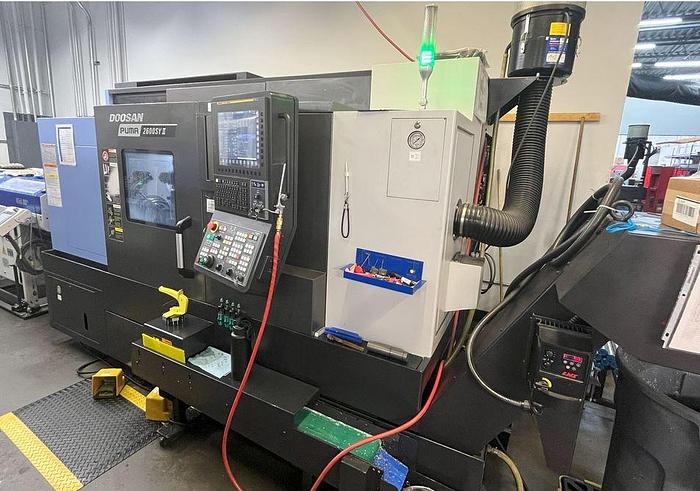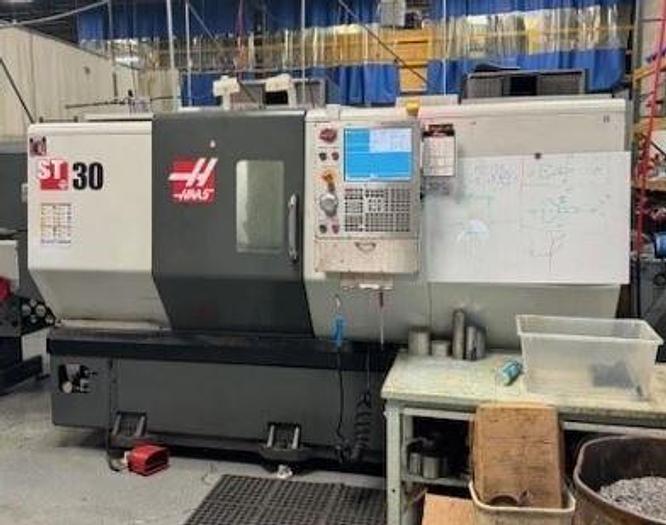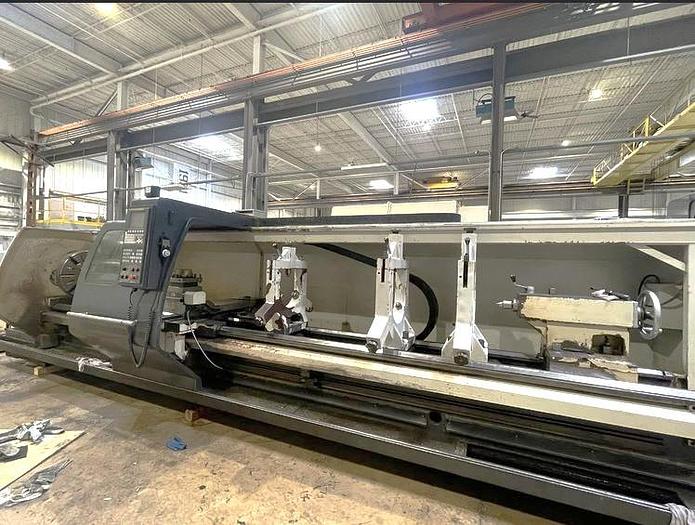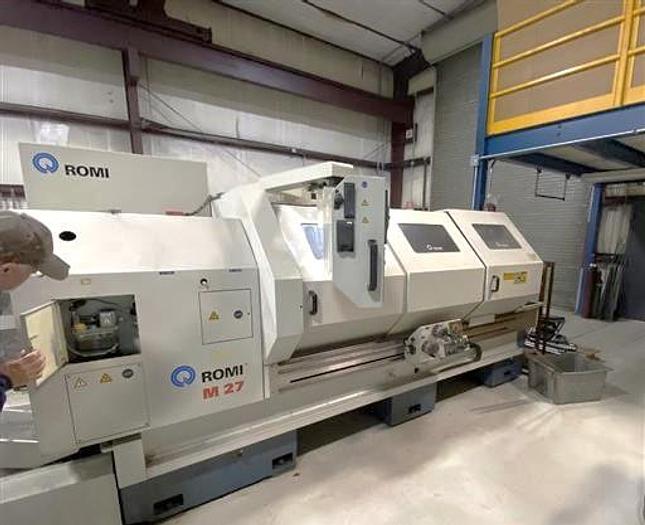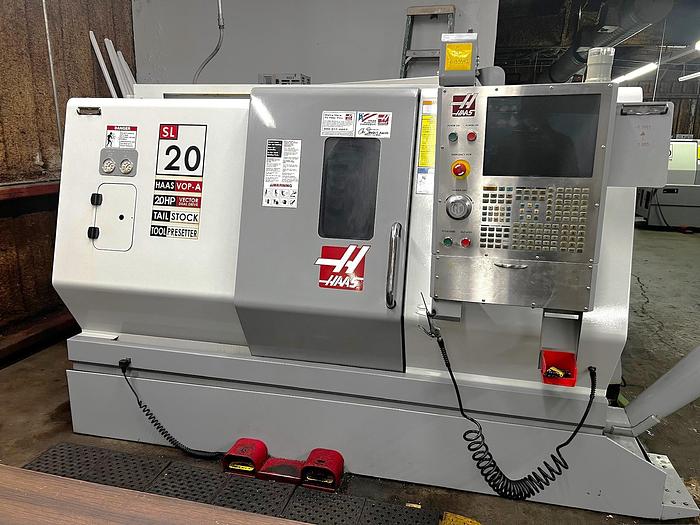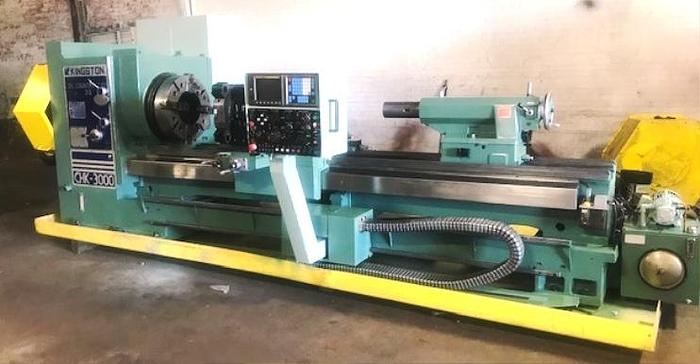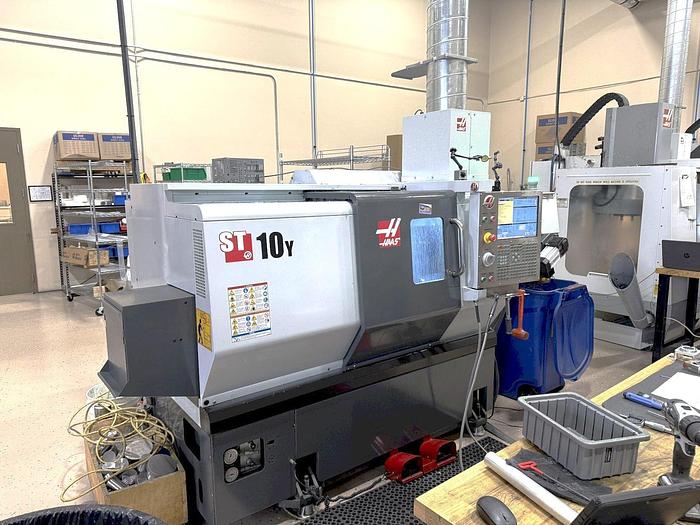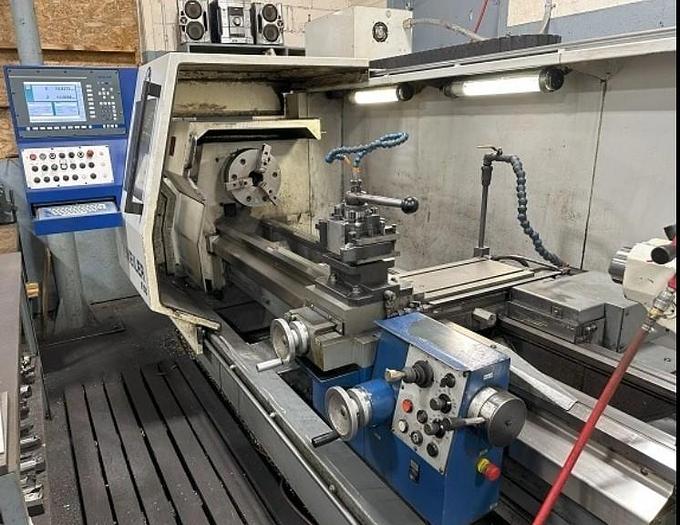The lathe turning process uses a spindle to rotate a part, while tools move past it to remove material. There are various common tools and insert shapes for turning, grooving, and boring, as well as drills, taps, and reamers. Because the material is rotating in this process, the part is always symmetrical around the center of rotation.
A standard lathe has 2-axis control. The X axis is related to part diameter, and the Z axis moves along the length of the part. Some machines also have sub spindles, which can move forward to pick up the part when it is being cut off. Then the back end of the part can be machined as well for a finished part in one operation. A common addition to turning machines is live tooling, which is often accompanied by another axis, called the Y axis. Machines with live tooling are capable of performing mill operations, such as drilling cross holes, or milling flats and slots. These machines can make extremely complex parts without any secondary operations.


